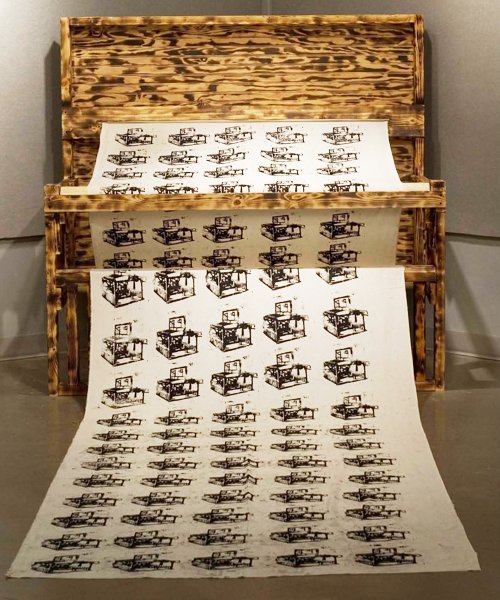GSW Website Search
- Apply
- About
- Academics
- Admissions
- Financial Aid
- Athletics
- Student Life
- myGSW
- A-Z Index
- Directory
- Map
- Visit
- Give
The Printmaking program focuses on investigation in both practice and theory. Priority is given to both critical thinking and skill development as students pursue excellence and attain a high level of craftsmanship.
Throughout printmaking courses, students will learn the relief and intaglio processes by producing zinc plate intaglio prints with hard-ground, soft-ground, aquatint, and other techniques. Students will also produce woodcut prints producing multi-block multicolor prints focusing on the goal of consistency within an edition. Students are also introduced to a variety of other techniques such as monotype, monoprint, collograph, and some photo processes.

